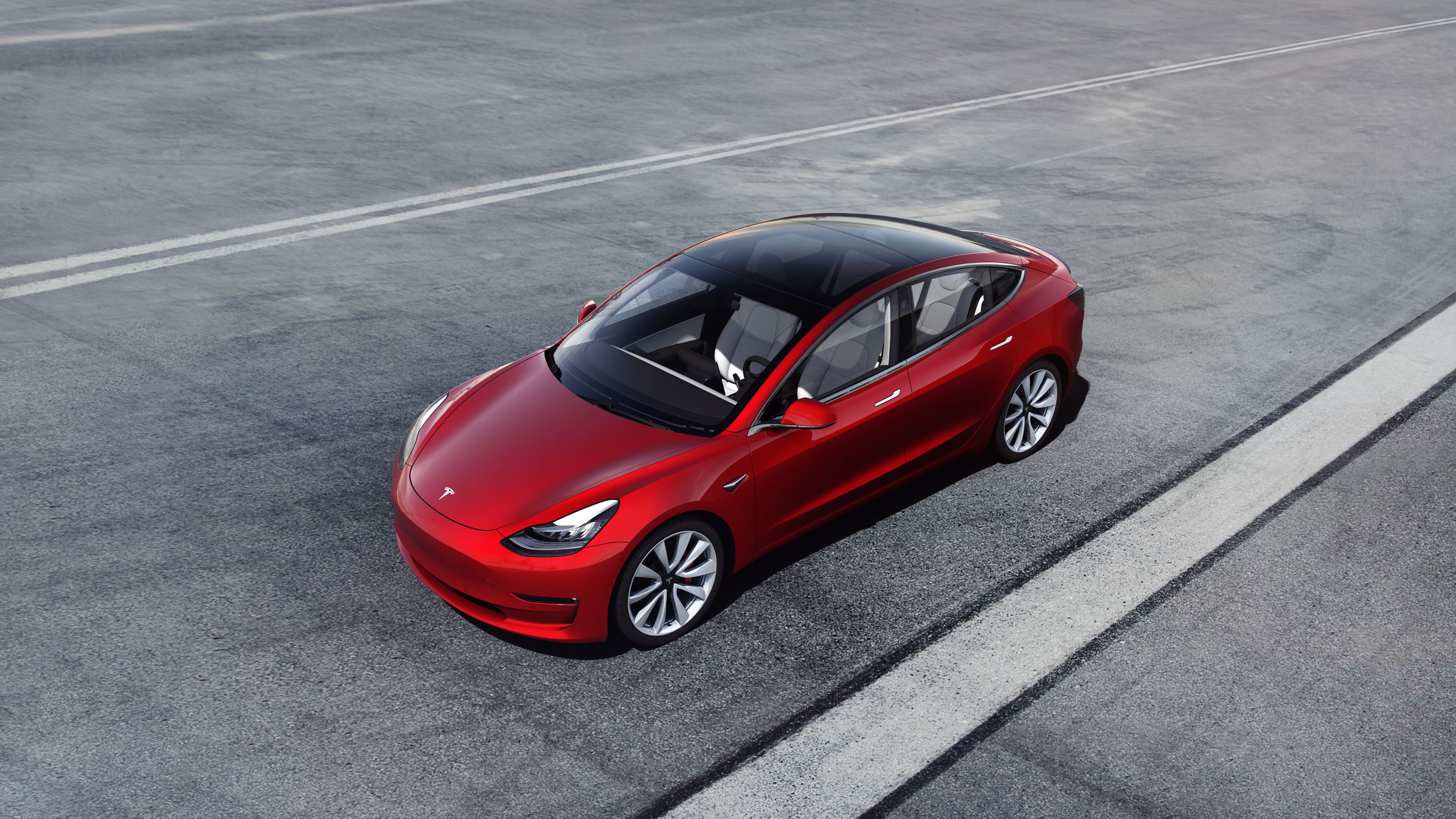Tesla announced the Sentry Model in February, 2019, as an extra layer of protection added to its cars against theft. Essentially, Sentry Mode continuously monitors the car’s vicinity and reacts to various threats.
But as it turns out, a police department has deemed Tesla’s Sentry Mode as extremely useful for its officers and patrol cars.
How can a Tesla Model 3 with Sentry Mode assist police officers?
According to Electrek, the Westport PD in Connecticut has bought a Tesla Model 3 which is currently in the process of becoming a patrol car through the addition of police-specific equipment, such as:
-* emergency lights
-* emergency siren
-* networked computer
-* weapon rack
-* special tires that can sustain speeds of 100+ miles per hour
Electrek also found out from the Westport police department that “an internal combustion engine squad car typically requires approximately $11,000 in maintenance over three years,” a figure that will be dramatically reduced in the case of the Model 3. What’s more, the department is also expecting up to $13,770 worth of fuel savings in the first three years of operating the Tesla Model 3, so at this point, acquiring the EV makes all the sense in the world from the fleet management costs standpoint.
Speaking of such costs, since the Sentry Mode uses the Autopilot-designated cameras to monitor the car’s proximity, the police department won’t have to invest more money to install aftermarket car cameras as it did for its other patrol cars. Another advantage we can think of is default protection for the police officers who can rely on camera footage in case they’re attacked. What’s more, the Sentry Mode’s continuous monitoring could also discourage vandals or protesters from damaging the police vehicle, as the system’s alarm will trigger as they come close to the car and their faces will be caught on video.
What’s more, the car’s electric powertrain doesn’t seem to be an issue that would limit the police fleet’s range. In fact, the department has been clear that the Model 3 Performance it has ordered “has twice the range of a patrol car’s daily mileage.” Moreover, the Model 3 Performance is one of the quickest accelerating cars out there, as it can zap from 0 to 60 miles per hour in 3.2 seconds. So, as more fleets stack up on Model 3 patrol cars, would it really be worth it for suspects to even consider fleeing the scene? We think not.
What is Tesla Sentry Mode?
Tesla’s Sentry Mode is basically a built-in security system that uses some of the Autopilot’s hardware to monitor the vehicle and alert the owner in case it detects a threat. More precisely, Sentry Mode relies on the two cameras integrated in the car’s side blinkers to cover the lateral and rear areas of the car coupled with the camera found on top of the central side of the windshield that ‘sees’ what’s happening in front of the vehicle.
The system activates whenever it detects motion near the car, in a one-foot radius or less, and ‘reacts’ by flashing the car’s lights and playing a loud alarm sound. To use Sentry Mode, you need to plug in a flash drive (aka USB stick) into one of the car’s USB ports, so the system can store recorded footage of what is going on around the car. Also, keep in mind that some of the footage captured while in Sentry Mode might get corrupted and using a top-of-the-line USB flash drive won’t fix it. In fact, after receiving complaints from owner, Tesla’s technicians acknowledged the issue but decided to treat it as a non-priority.
Tesla Sentry Mode’s Different States
|
Standby |
Default state, Sentry Mode uses the car’s cameras to detect potential threats. |
|
Alert |
Enabled in case a minimal threat is detected, such as someone leaning on a car. The system displays a message warning that its cameras are recording. |
|
Alarm |
Enabled in case of a severe threat, when someone is breaking the window or hitting the car, for example. The alarm is activated, the car plays music at max volume via the audio system, and the center display’s brightness is increased as well. |
|


